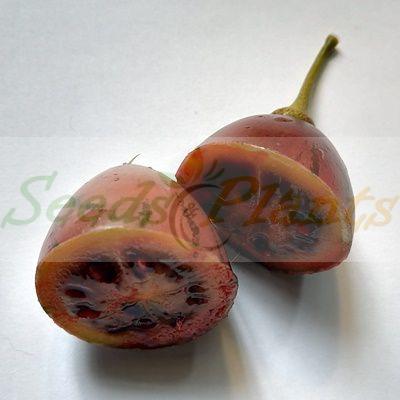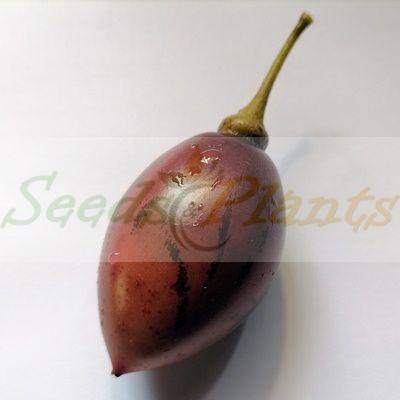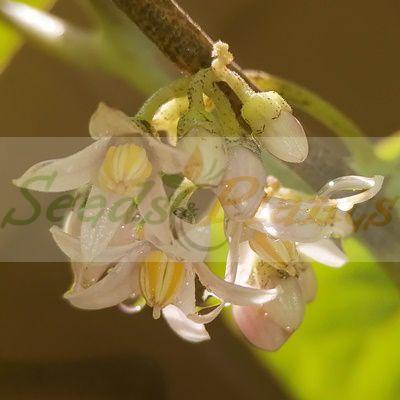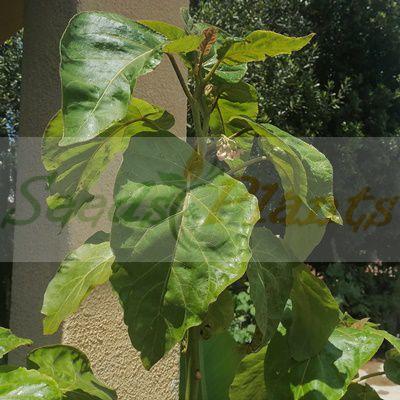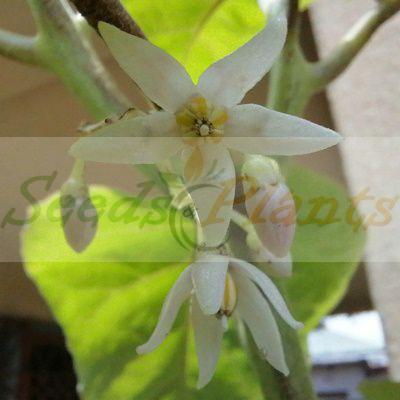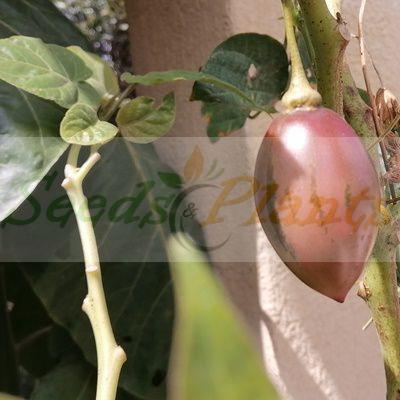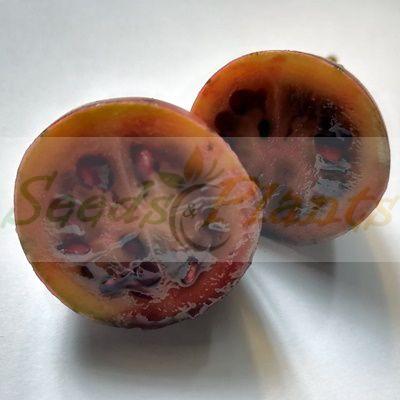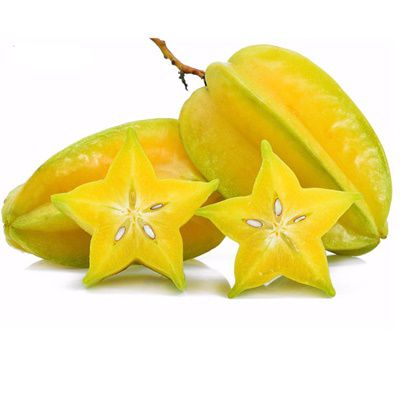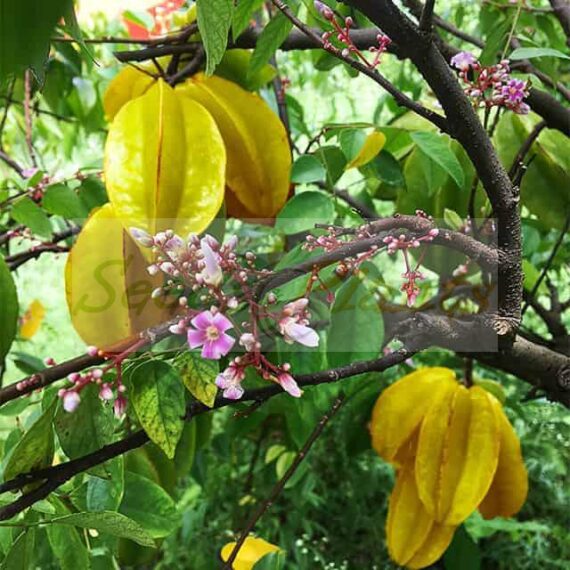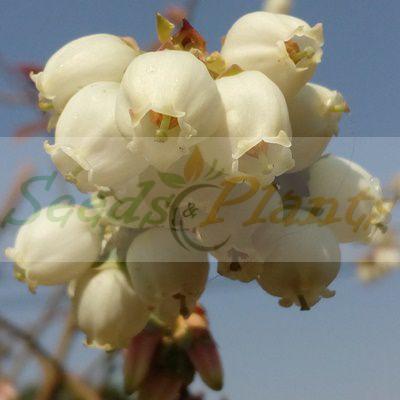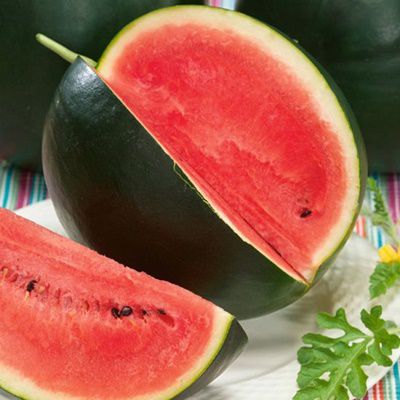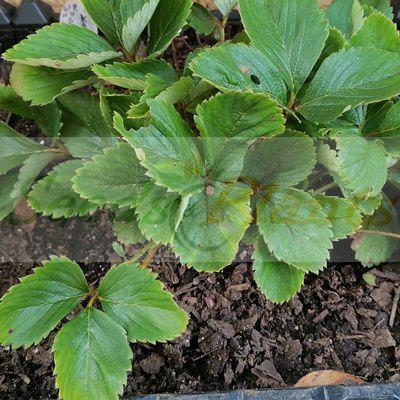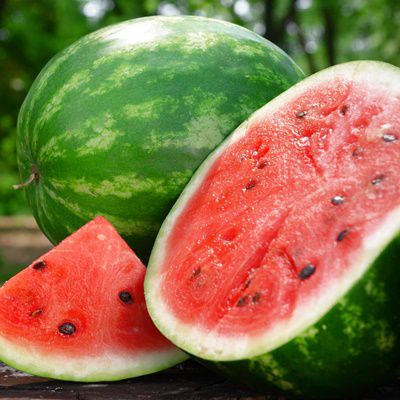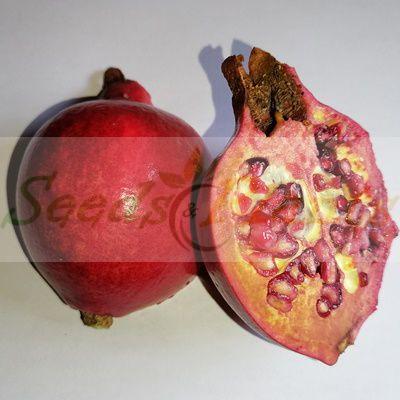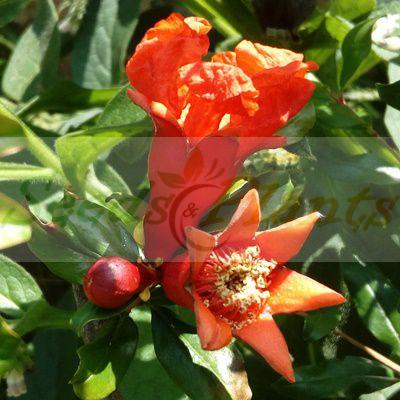🍒 Fruit Quick Facts
Fruit Info
- 🌍 Origin / Region: South America
- 🍽️ Culinary Use: Chutneys, Curries, Desserts, Jams and Jellies, Juices and Syrups, Pies and tarts, Raw Eating, Sauces
- 🥗 Edible Part: Fruit pulp, Seed
- 😋 Flavor Profile: Sweet-tart
Growth Traits
- 🌱 Life Cycle: Perennial
- 🌾 Plant Type: Tree
- 🔁 Fruiting Needs: Needs Only 1 Plant
- 🪴 Growth Habit: Upright
- 🌸 Flower Color: Pink-white
- 🌿 Foliage Type: Deciduous
- 📏 Mature Height: 3- 5.5m
- 🦋 Pollinator Method: Attracts Bees, Self-pollinating, Wind
Growing Requirements
- 🌞 Sun Exposure: Full Sun
- 💧 Water Needs: Avoid Overwatering, High Water
- ☀️ Growing Conditions: Frost Sensitive, Moderate Heat Tolerance, Not Cold Tolerant, Not Drought Tolerant, Wind Sensitive
- 🟤 Soil Preference: Compost Enriched, Fertile, Light, Rich Organic, Well-Drained
Red Tamarillo – 10 Seeds
(Solanum betaceum)
R30.00
Also known as Tree Tomato and it bears egg-shaped edible fruit. The Seeds on offer here is for the red, almost purple variety of Tamarillo.
Seed Type: Organic – Harvested from our own plants.
Indoor Sowing: Spring.
Direct Sowing: Early Spring.
Out of Stock
Email me when the product is back in stock.
🍒 Fruit Quick Facts
Fruit Info
- 🌍 Origin / Region: South America
- 🍽️ Culinary Use: Chutneys, Curries, Desserts, Jams and Jellies, Juices and Syrups, Pies and tarts, Raw Eating, Sauces
- 🥗 Edible Part: Fruit pulp, Seed
- 😋 Flavor Profile: Sweet-tart
Growth Traits
- 🌱 Life Cycle: Perennial
- 🌾 Plant Type: Tree
- 🔁 Fruiting Needs: Needs Only 1 Plant
- 🪴 Growth Habit: Upright
- 🌸 Flower Color: Pink-white
- 🌿 Foliage Type: Deciduous
- 📏 Mature Height: 3- 5.5m
- 🦋 Pollinator Method: Attracts Bees, Self-pollinating, Wind
Growing Requirements
- 🌞 Sun Exposure: Full Sun
- 💧 Water Needs: Avoid Overwatering, High Water
- ☀️ Growing Conditions: Frost Sensitive, Moderate Heat Tolerance, Not Cold Tolerant, Not Drought Tolerant, Wind Sensitive
- 🟤 Soil Preference: Compost Enriched, Fertile, Light, Rich Organic, Well-Drained
Red Tamarillo Seeds. The tamarillo is a small tree or shrub in the flowering plant family Solanaceae. It is best known as the species that bears the tamarillo, an egg-shaped edible fruit. It is also known as the tree tomato.
The plant is a fast-growing tree that grows up to 5 meters. Peak production is reached after 4 years, and the life expectancy is about 12 years. The tree usually forms a single upright trunk with lateral branches. The flowers and fruits hang from the lateral branches. The large leaves are green, simple and perennial, and have a strong pungent smell.
The flowers are pink-white, and form clusters of 10 to 50 flowers. They produce 1 to 6 fruits per cluster. Plants can set fruit without cross-pollination, but the flowers are fragrant and attract insects.
The fruits are egg-shaped and about 4-10 centimeters long. They have dark, longitudinal stripes on the fruit, before maturing. The flesh has a firm texture and contains more and larger seeds than a common tomato.The fruits are very high in vitamins and iron and low in calories. The flesh of the fruit is tangy and variably sweet, with a bold and complex flavor, and may be compared to kiwifruit, tomato, guava, or passion fruit.
Tamarillo Culinary Uses
- The flesh of the tamarillo can be eaten fresh or made into a range of sweet and savoury dishes and condiments.
- Tamarillos are tangy and usually sweet, with a bold and complex flavour.
- The fruit can be stewed to use on cereal or as a pie or crumble filling, added to stews and casseroles or made into a delicious chutney, which is especially good with chillies.
Growing Red Tamarillo
Indoor Sowing: Spring.
Direct Sowing: Early Spring.
- Surface sow the seeds and cover with a thin layer of soil.
- Keep soil moist, but not overly wet.
- Optimal germination temperature is 18-28°C.
- When the seedlings are about 5cm tall, carefully transplant into 7-10cm pots.
- Once the seedlings have grown to around 20cm tall, transplant again into a larger pot.
- It should remain in this pot until the plant is strong enough to be planted in the garden and when there is no risk of frost.
- The roots are shallow and not very pronounced, therefore the plant is not tolerant of drought stress and can be damaged by strong winds.
- It can be successfully grown in containers.
- It must be planted in a warm, sunny and sheltered site.
- The roots absolutely hate wet feet, so the soil should be very free-draining.
Can this plant be used for culinary purposes?
Red Tamarillo is traditionally used for culinary purposes such as chutneys and curries.
Disclaimer
Medicinal Information:
All medicinal information on this website is for educational and informational purposes only and may not be construed as medical advice. The information is not intended to replace medical advice or treatment offered by healthcare professionals.
Seeds, Plants, Plant Cuttings, Geophytes and Dried Herbs:
In some countries and provinces, certain plants are deemed as invasive and are not allowed to be planted at all, whilst some plants are allowed to be grown only in certain areas or provinces. The onus is on you as the buyer to familiarize yourself with the regulations pertaining to your location, before purchasing any of our seeds, plants, plant cuttings, geophytes or dried herbs. We will not be held liable, should you purchase any seeds, plants, plant cuttings, geophytes or dried herbs. from us which are prohibited in your country or province.



